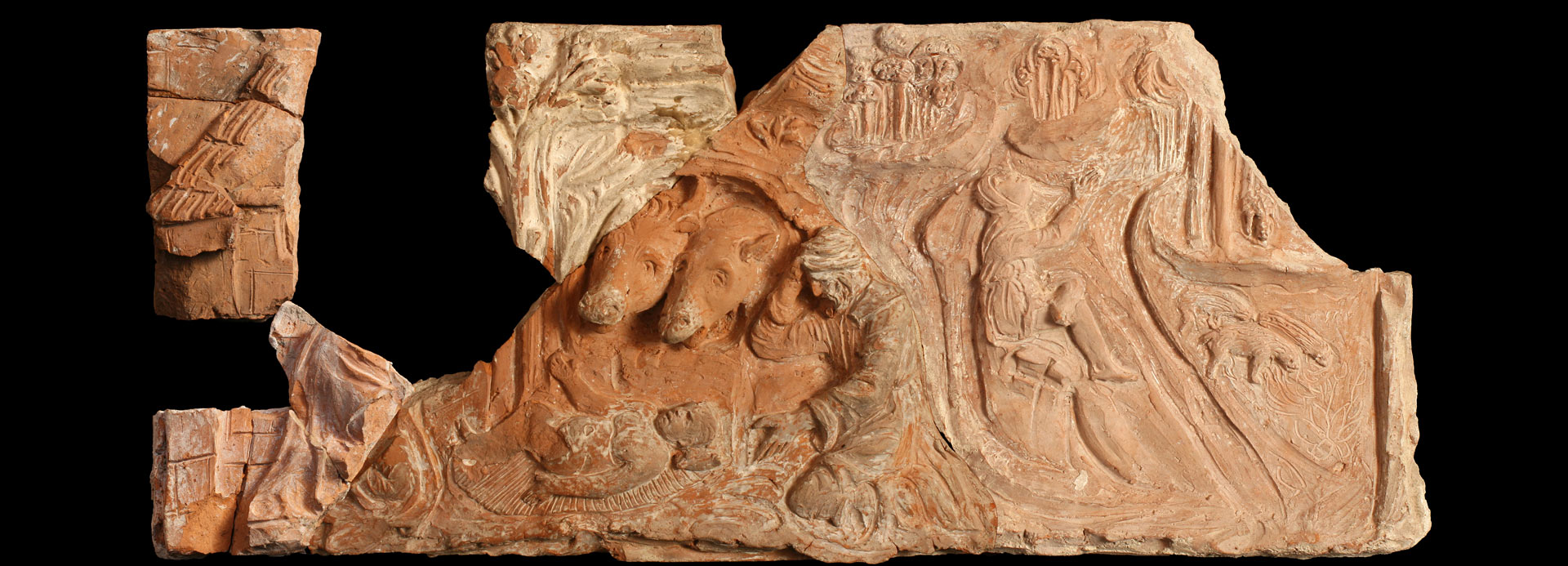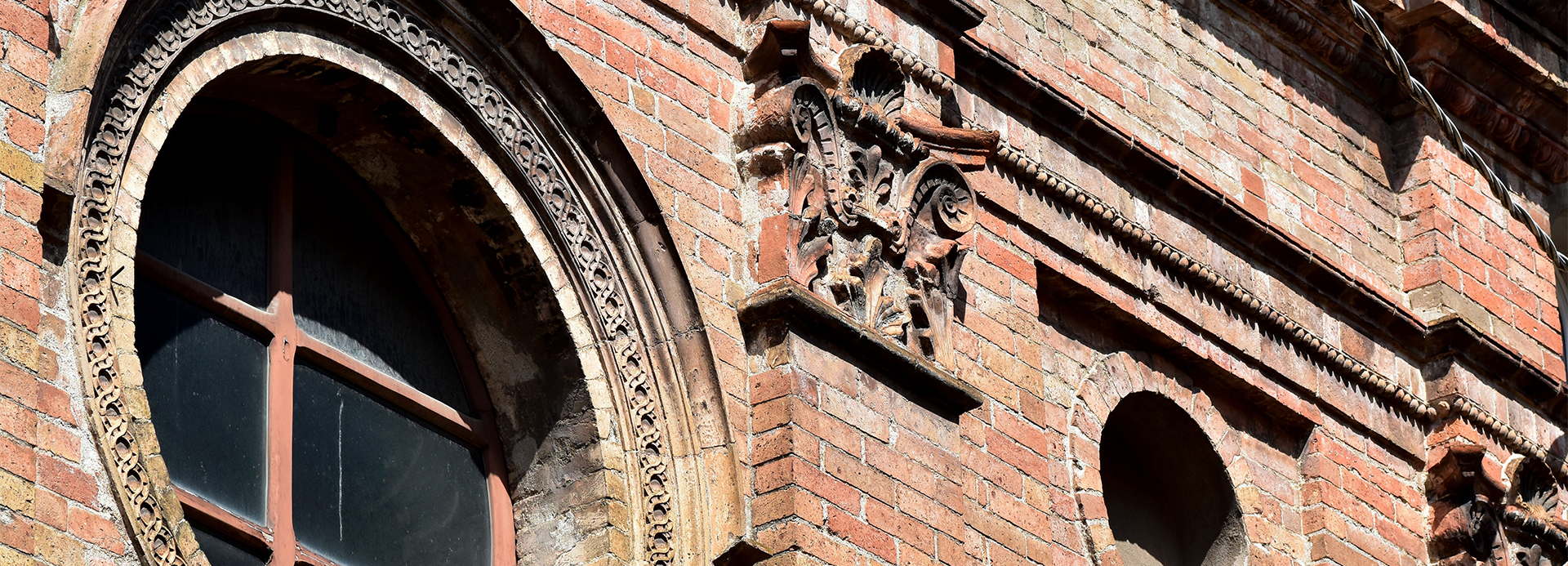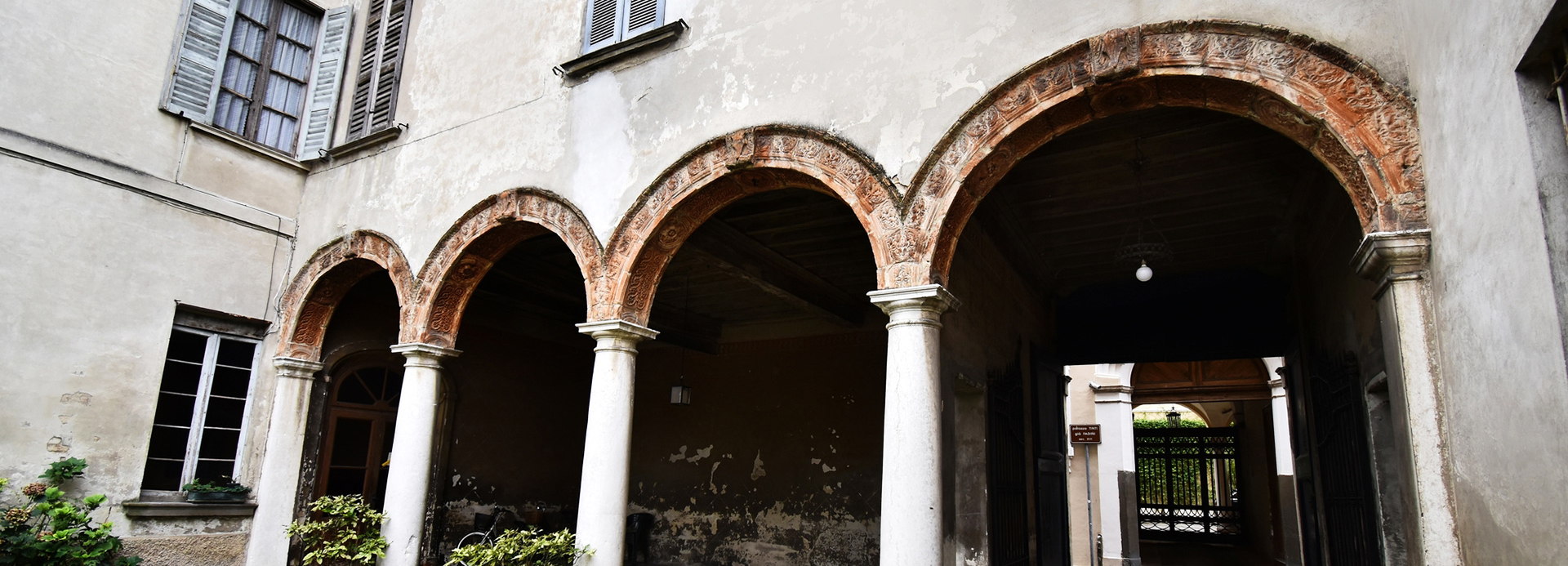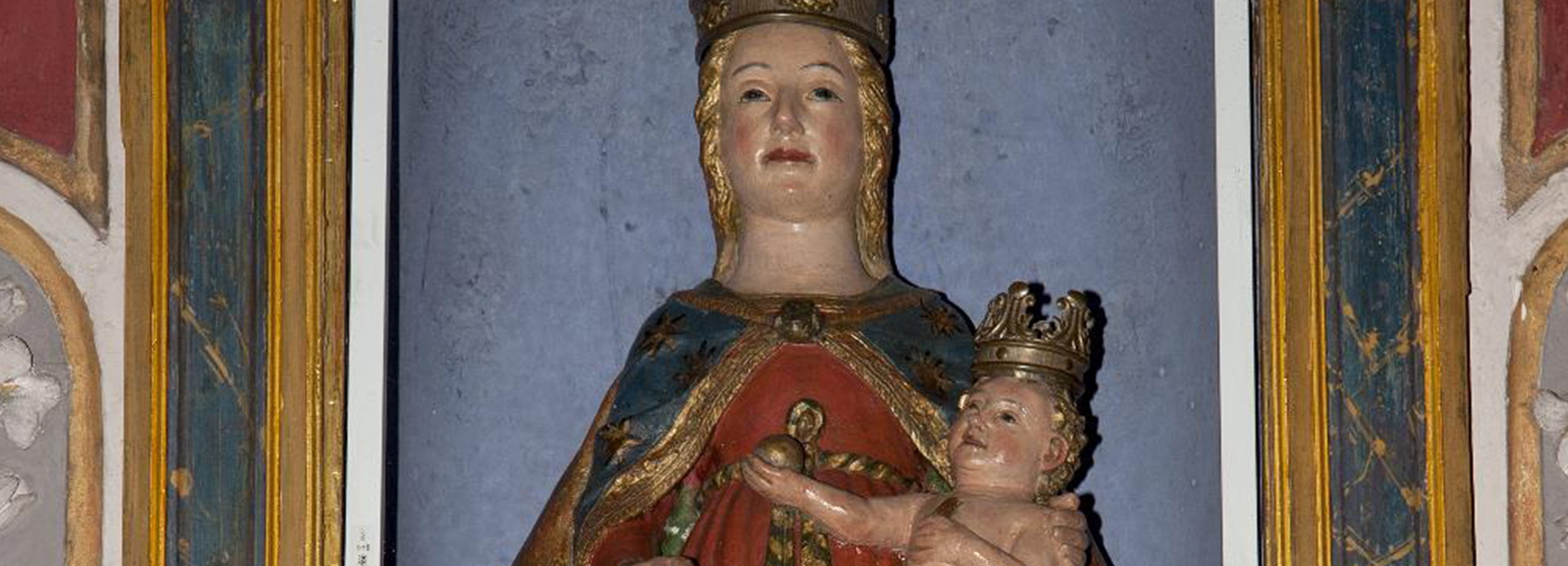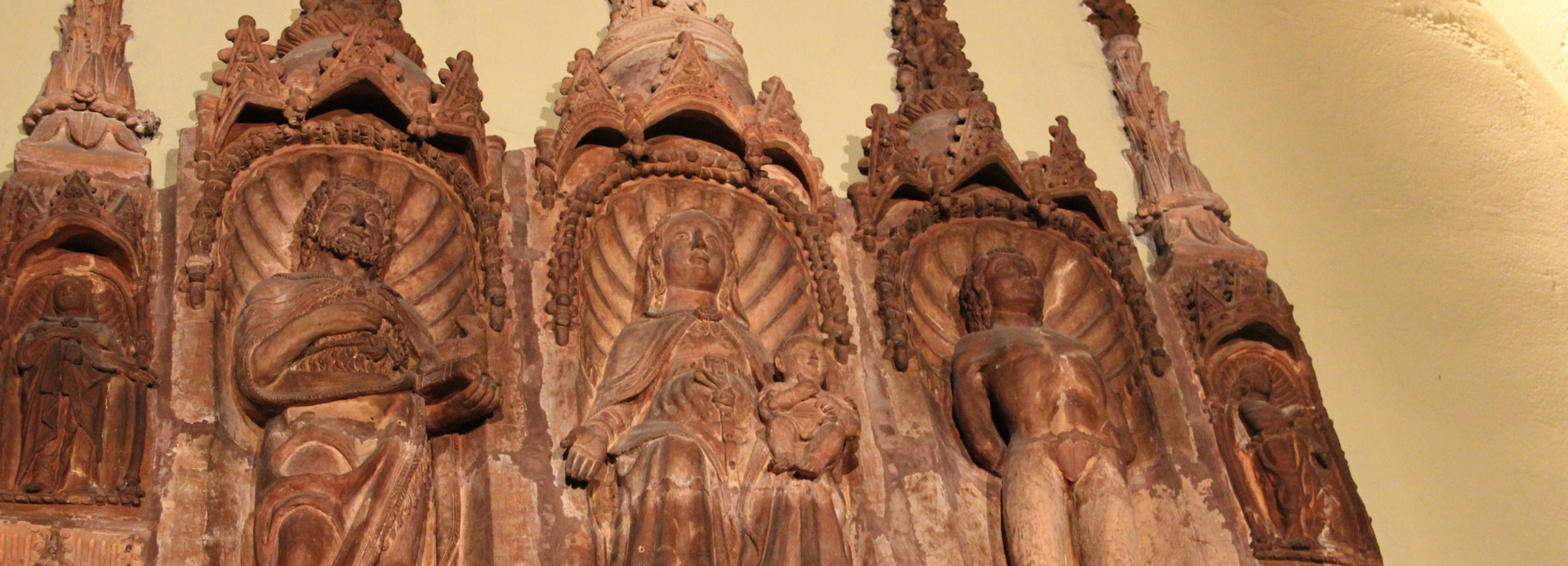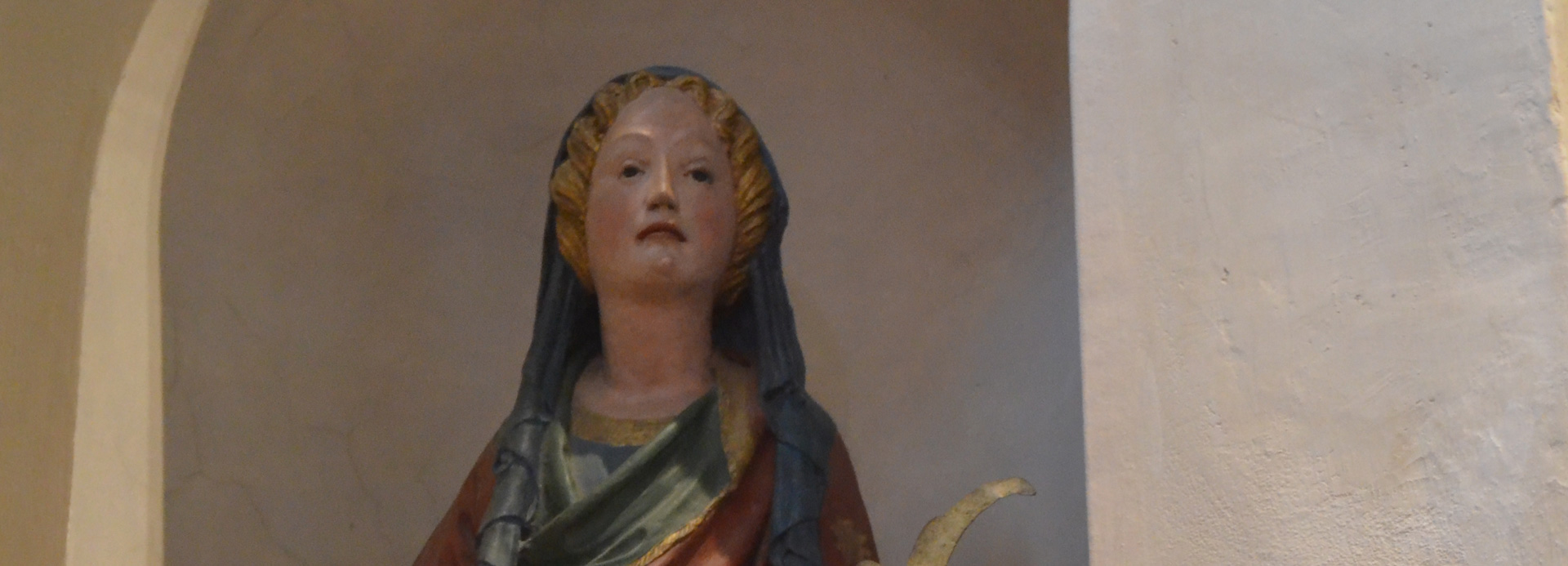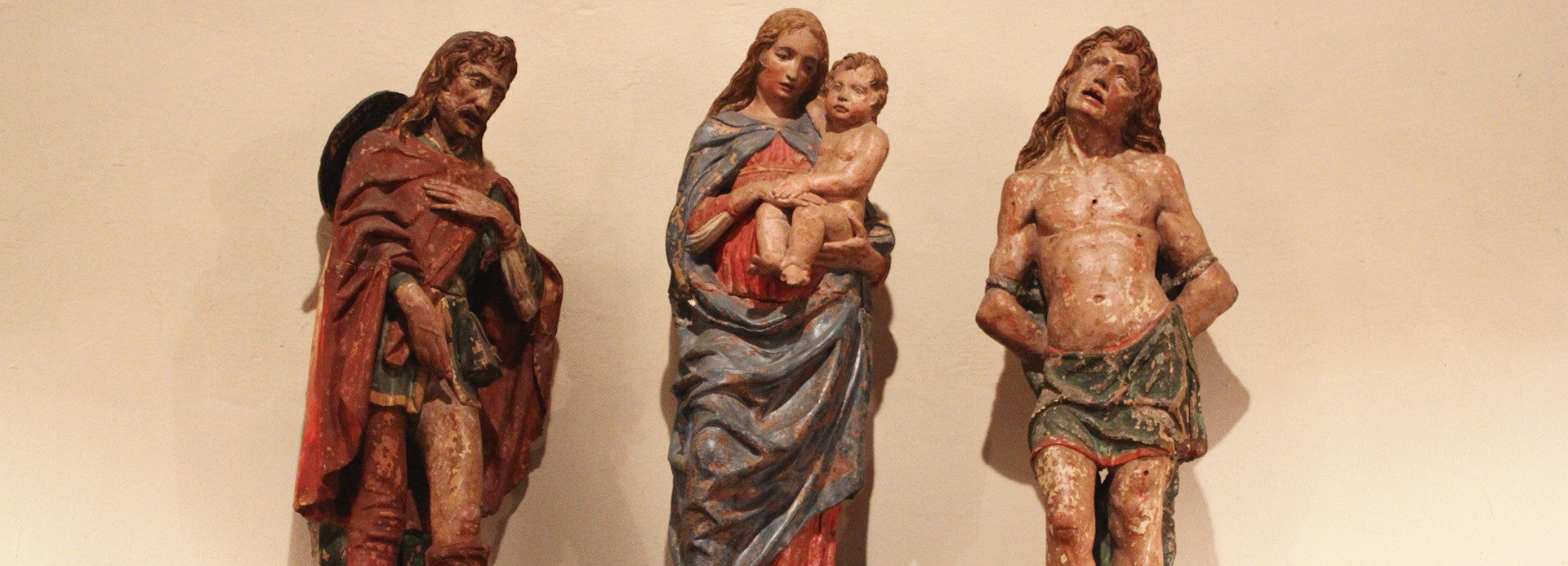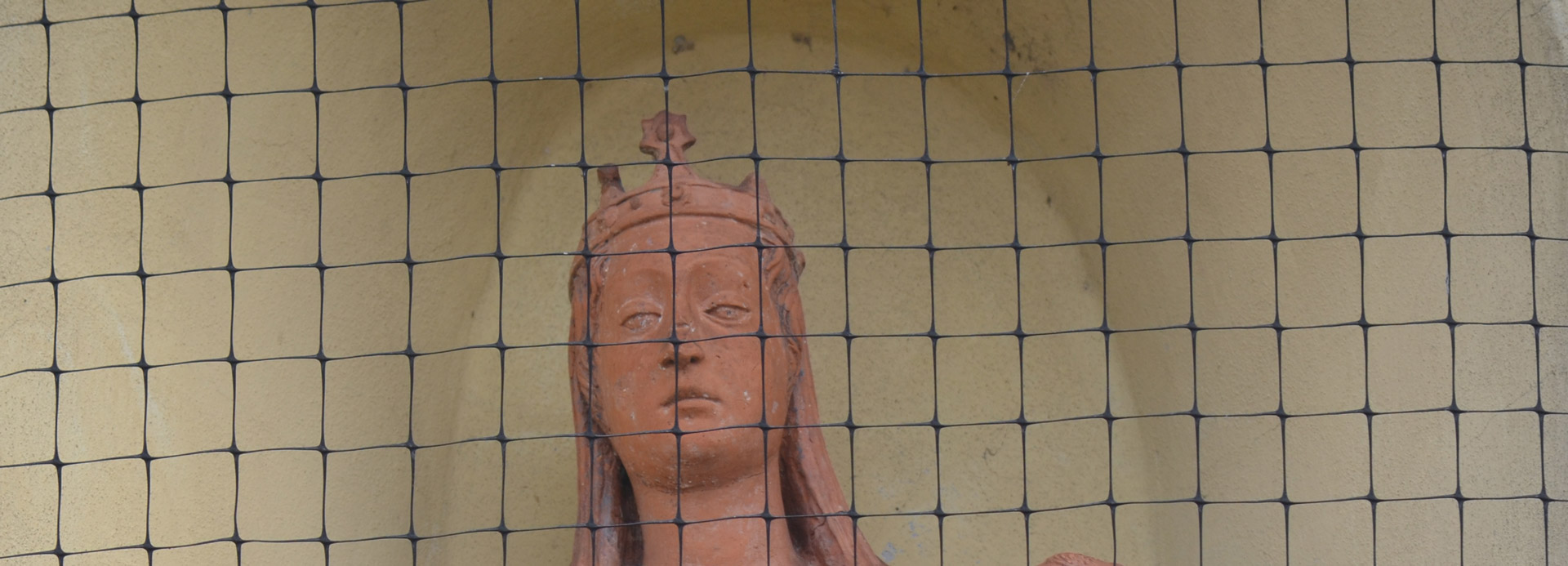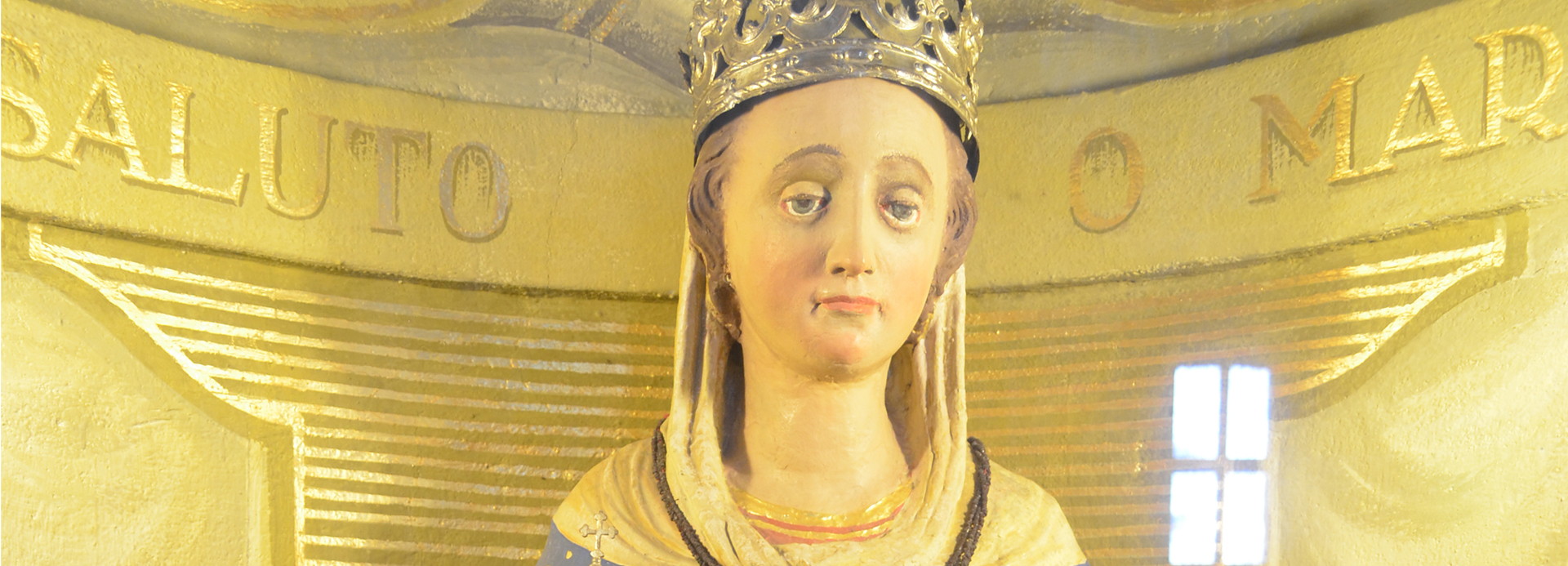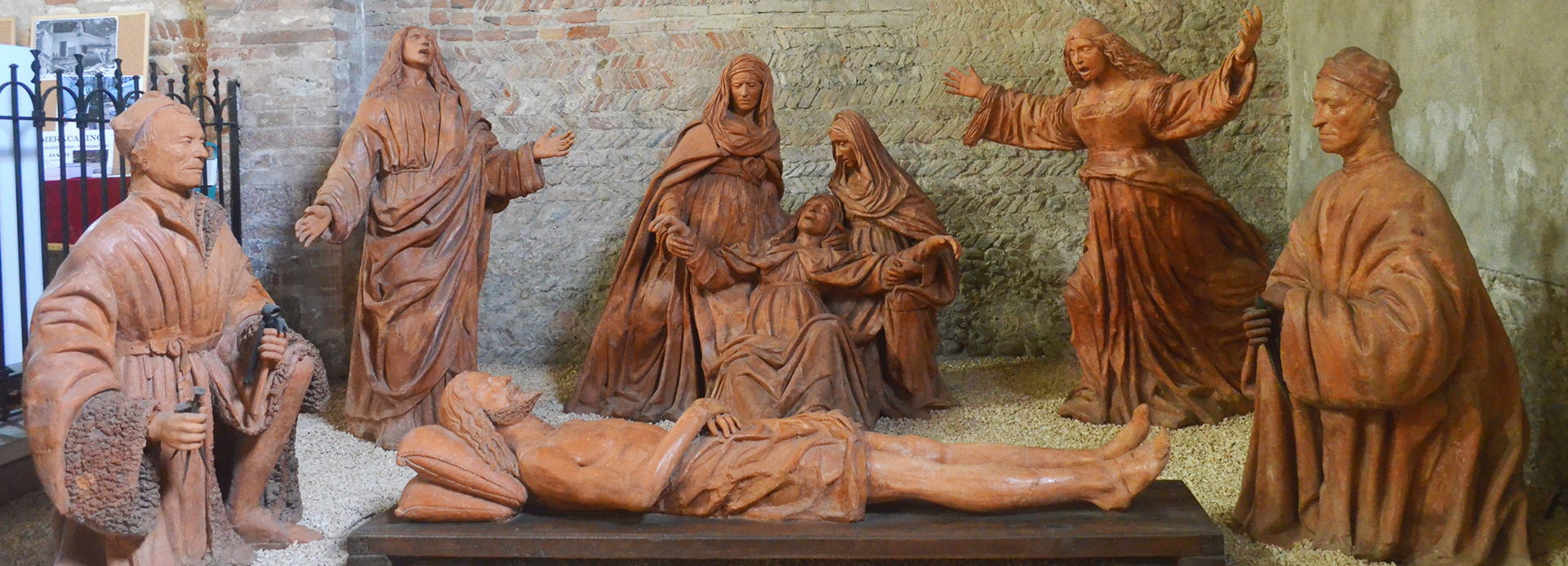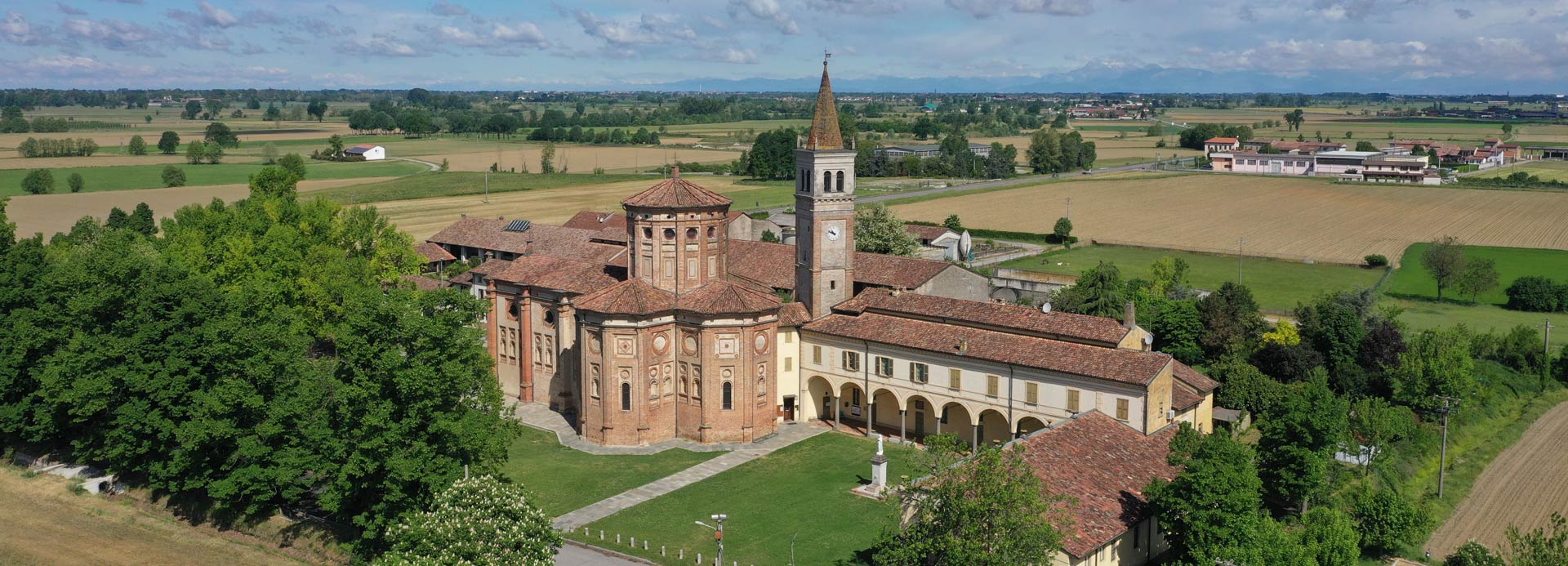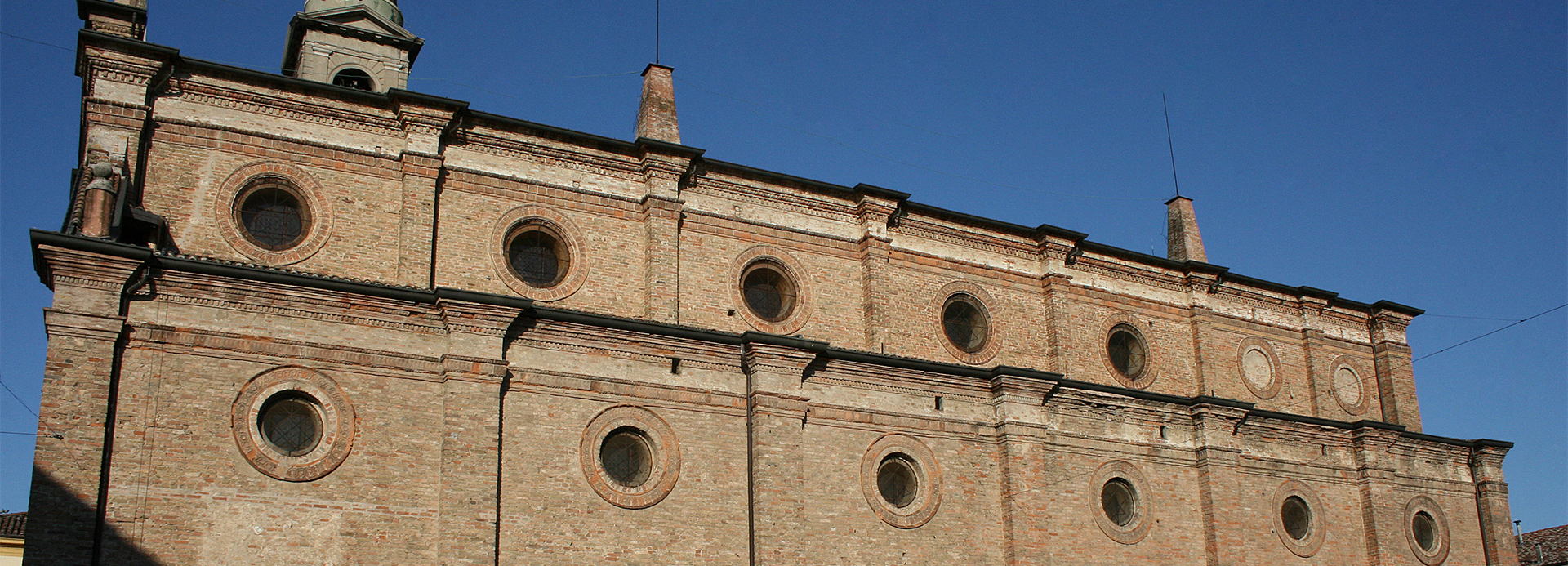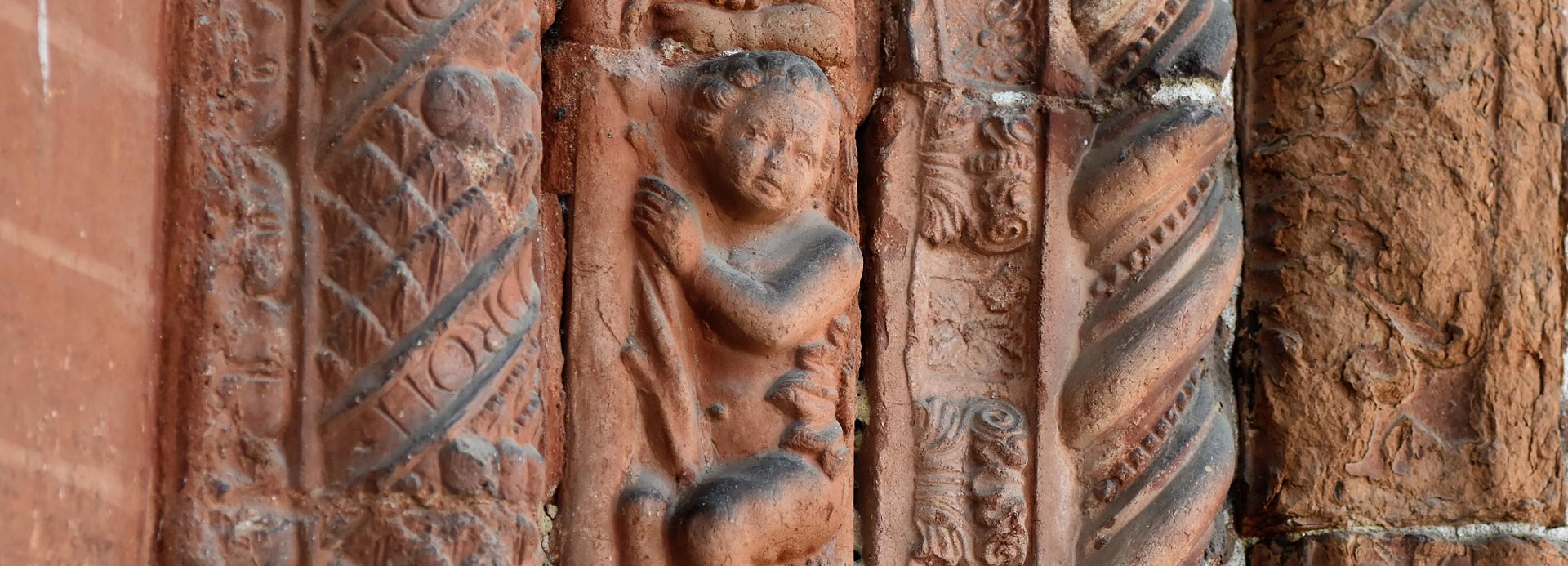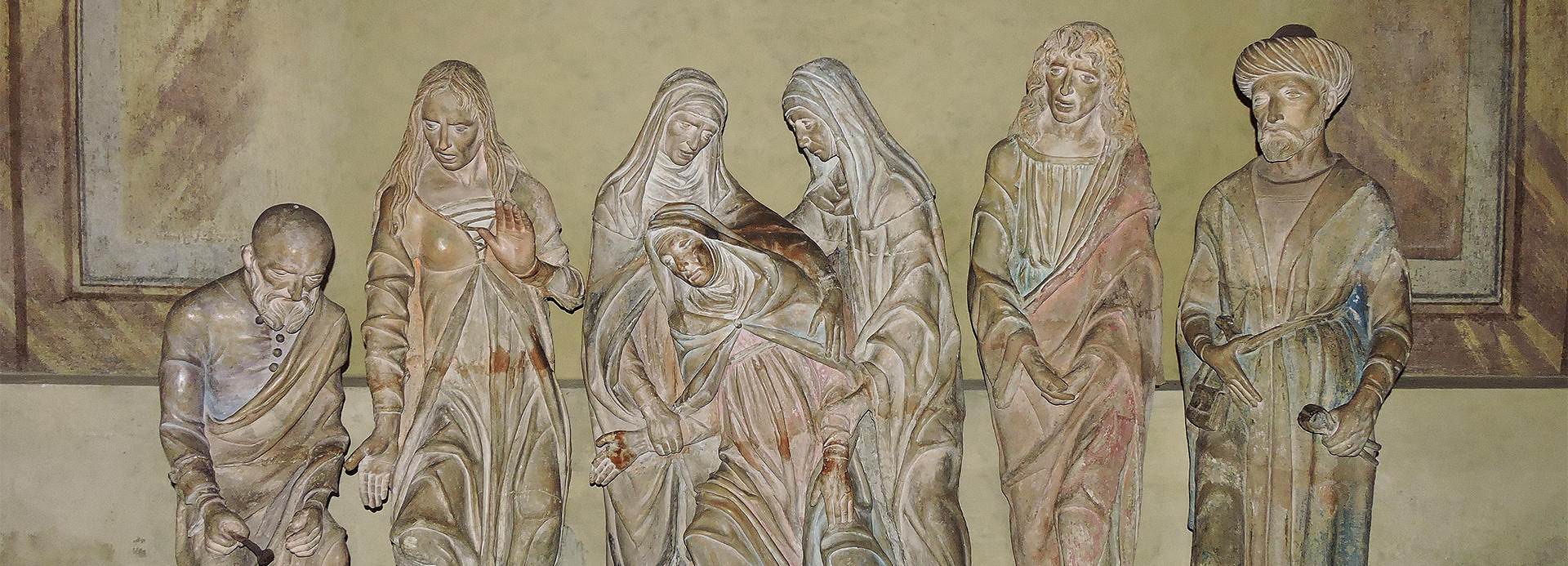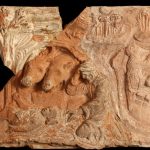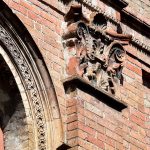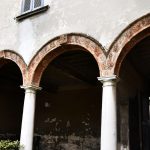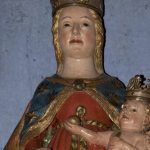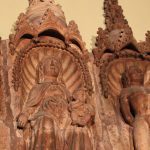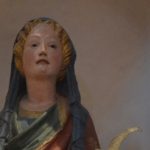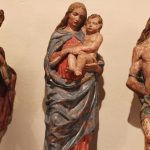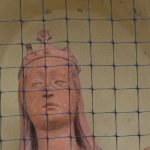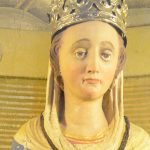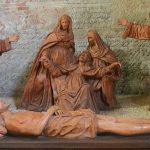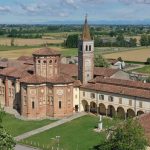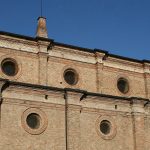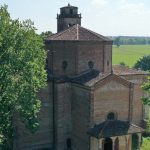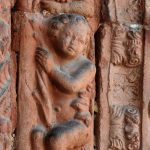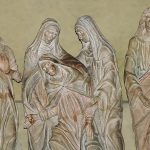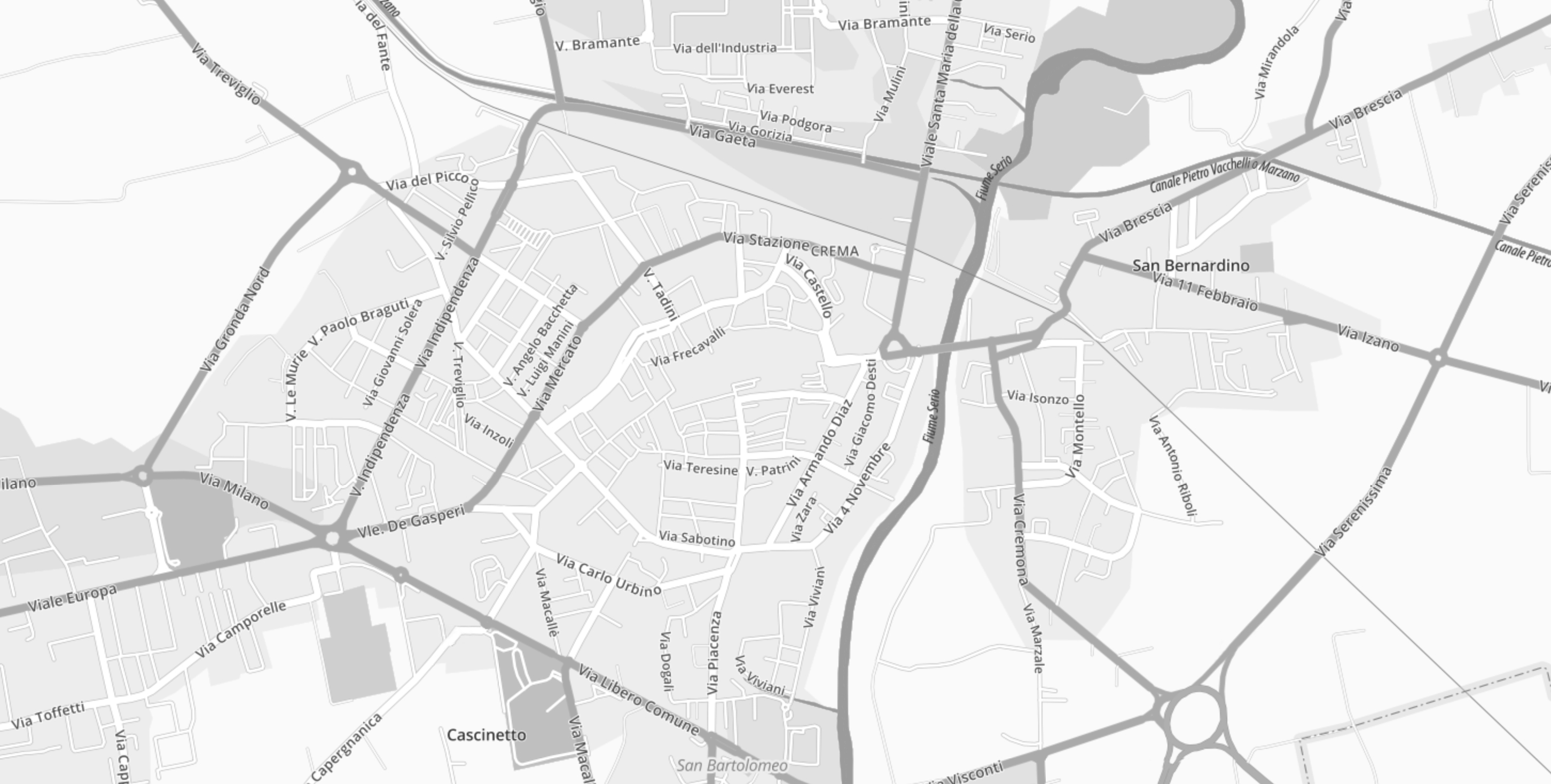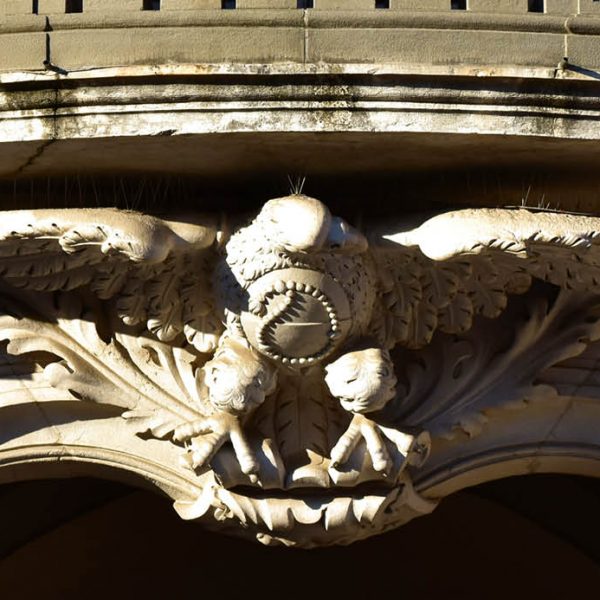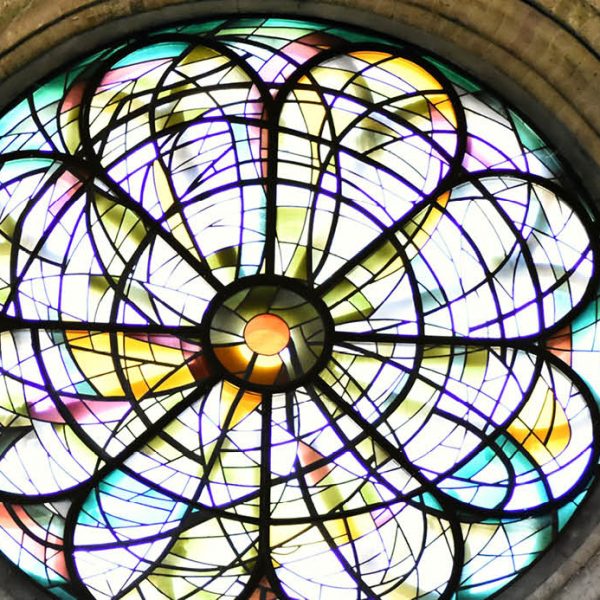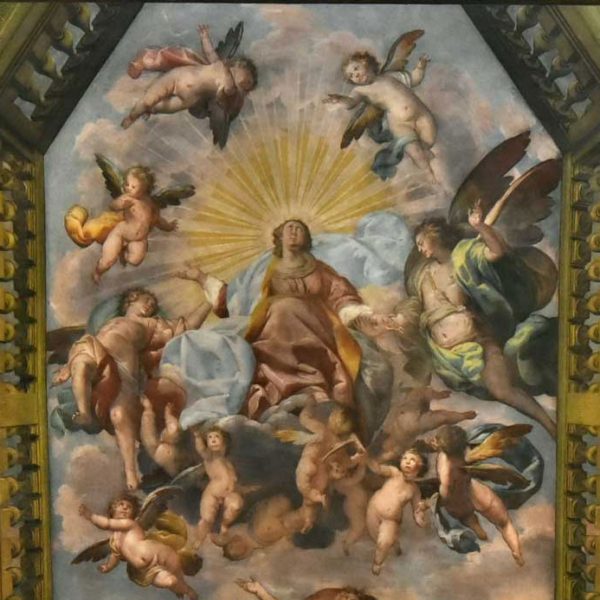 Tutti gli itinerari
Tutti gli itinerari
Discovering little known artists
We are going to propose aa itinerary for real experts, but don’t not be put off by this, as it is an opportunity to discover little known artists, such as The Master of Singing Angels, The Master of the Madonna of the Mouse and Giovanni and Agostino de Fondulis. This itinerary starts in the town from the Civic Museum of Crema and Cremasco and proceeds to Piazza Trento e Trieste with the Church of Santa Maddalena and Santo Spirito and then on to Via Civerchi and Palazzo Barbàra. Then, we leave Crema and proceed to Sergnano, to the Church of Binengo; to Mozzanica to see the Church of Santo Stefano; to the San Rocco Oratory in Izano; to the Parish Church of San Pietro in Madignano; to the Church of Santa Maria in Abbadia Cerreto and finally to the Parish Church of Palazzo Pignano.
If so desired, it is possible to extend the route and include a visit to Castelleone and Soncino. Starting point: Civic Museum of Crema and Cremasco

In ancient times, the Greeks, Romans and Etruscans produced large quantities of bronze and terracotta statues. In fact these two materials are closely linked, as before casting a bronze statue it is necessary to create a terracotta model. In addition, both processes need a furnace to bake the clay or melt the metal. In the first centuries of the Middle Ages, the technical knowledge that was necessary was lost and only rediscovered at the beginning of the 15th century by Filippo Brunelleschi, Lorenzo Ghiberti, Donatello and Luca della Robbia. These artists wanted to imitate the ancients in form and also in materials. In the 1420s and 1430s, terracotta sculpture spread from Florence to the Po Valley thanks to Michele da Firenze. Donatello’s stay in Padua between 1443 and 1453 would then be fundamental. In Lombardy, terracotta sculpture spread from the 1440s and in Crema it became well-established thanks to the Master of the Singing Angels (active between 1440 and 1460 approximately ) and to the Master of the Madonna of the Mouse (active between 1460 and 1500 approximately)
Our itinerary starts at the Civic Museum of Crema and Cremasco, where in one of the rooms of the archaeological section we can see some terracotta angel heads. They come from the altar of San Marco, which no longer exists today, in the Cathedral, or Duomo, in Crema. They were created by the Master of Singing Angels, but we don’t know his true identity. His symbolic name, by which he is well-known, comes from two reliefs which represent choirs of angels; today one of these is kept in the Louvre Museum in Paris. In the same room we can admire the remains of two bas-reliefs which show the Nativity and what is thought to be the Resurrection. They were made by Agostino de Fondulis (Crema, c.1460-c.1521), who was called upon to restore the altar and incorporate new parts in 1513.
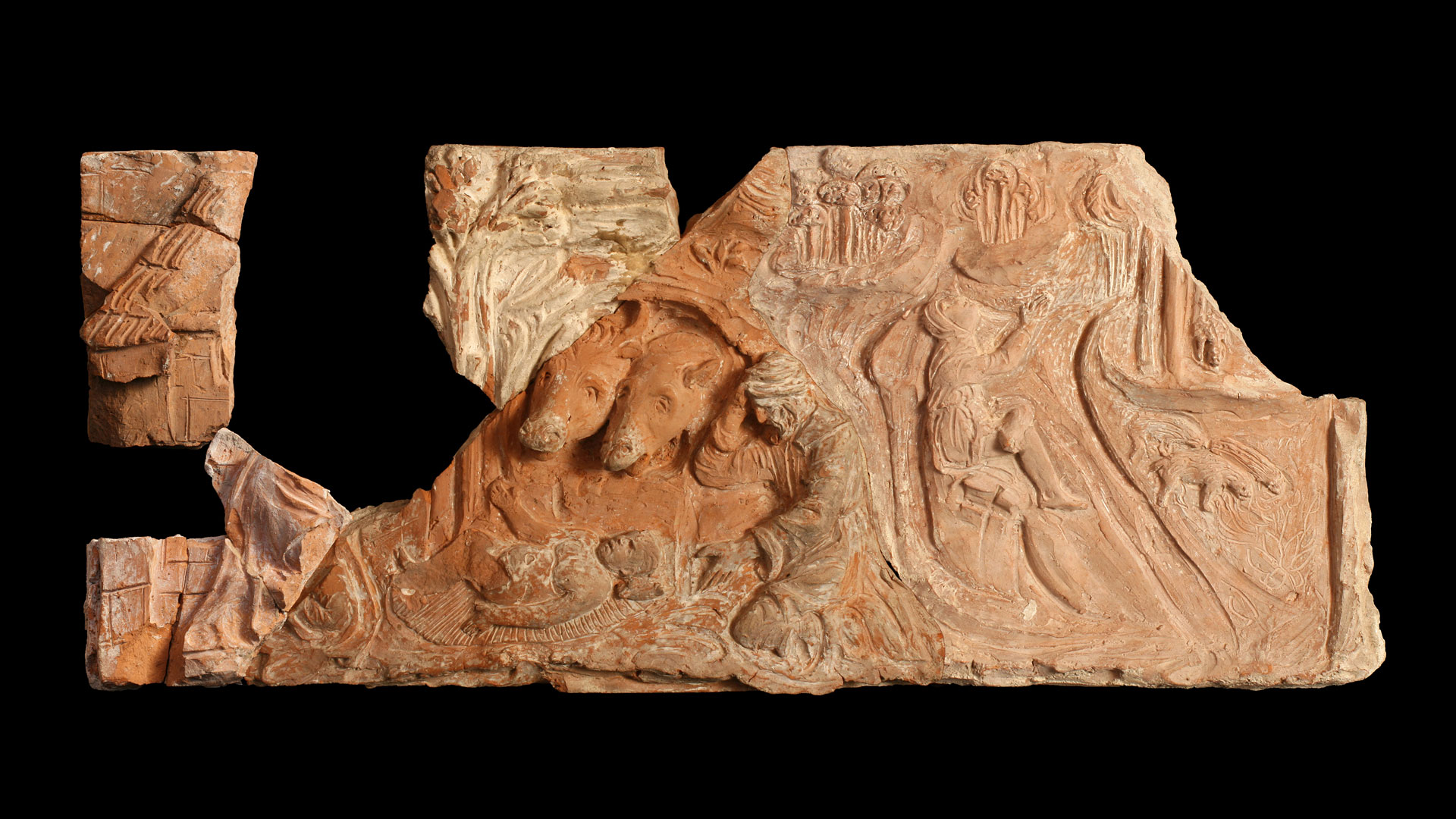
The second destination is the church of Santa Maddalena e Santo Spirito, built again as part of the Agostino de Fondulis project around 1511. In particular we can observe the brickwork decorations in the arch of the portal, in the panels of the front and in the capitals situated on the pilasters visible on the front of the church, which are all typical elements of the Agostino repertoire.
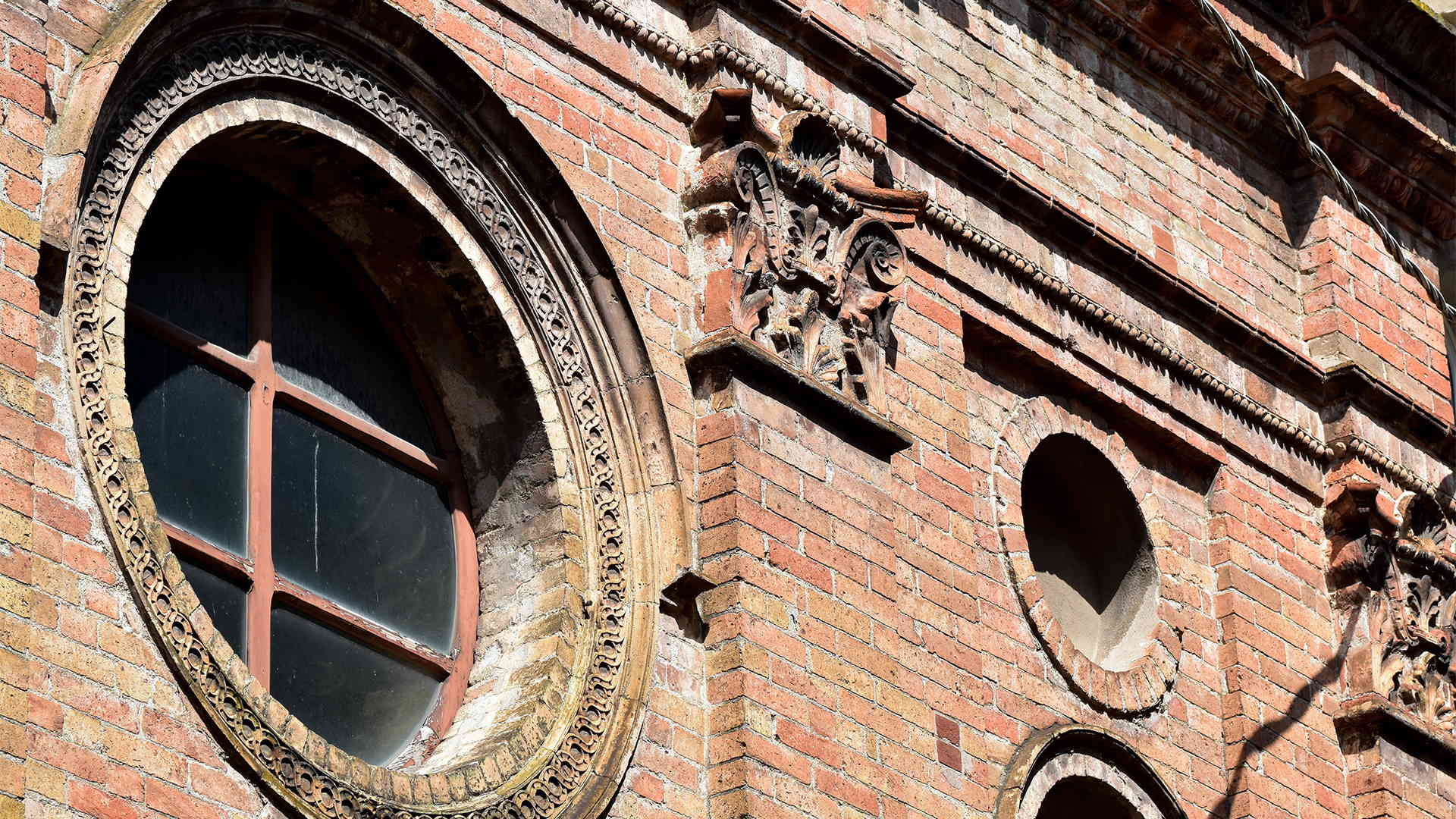
Next stop is Palazzo Barbàra. Even though nowadays the facade has an eighteenth-century appearance, if we observe the entrance, it is possible to see the arches which are made of unique examples of fictile (made of clay or earth by a potter) friezes and horizontal terracotta decorations, produced by the Agostino de Fondulis workshop.
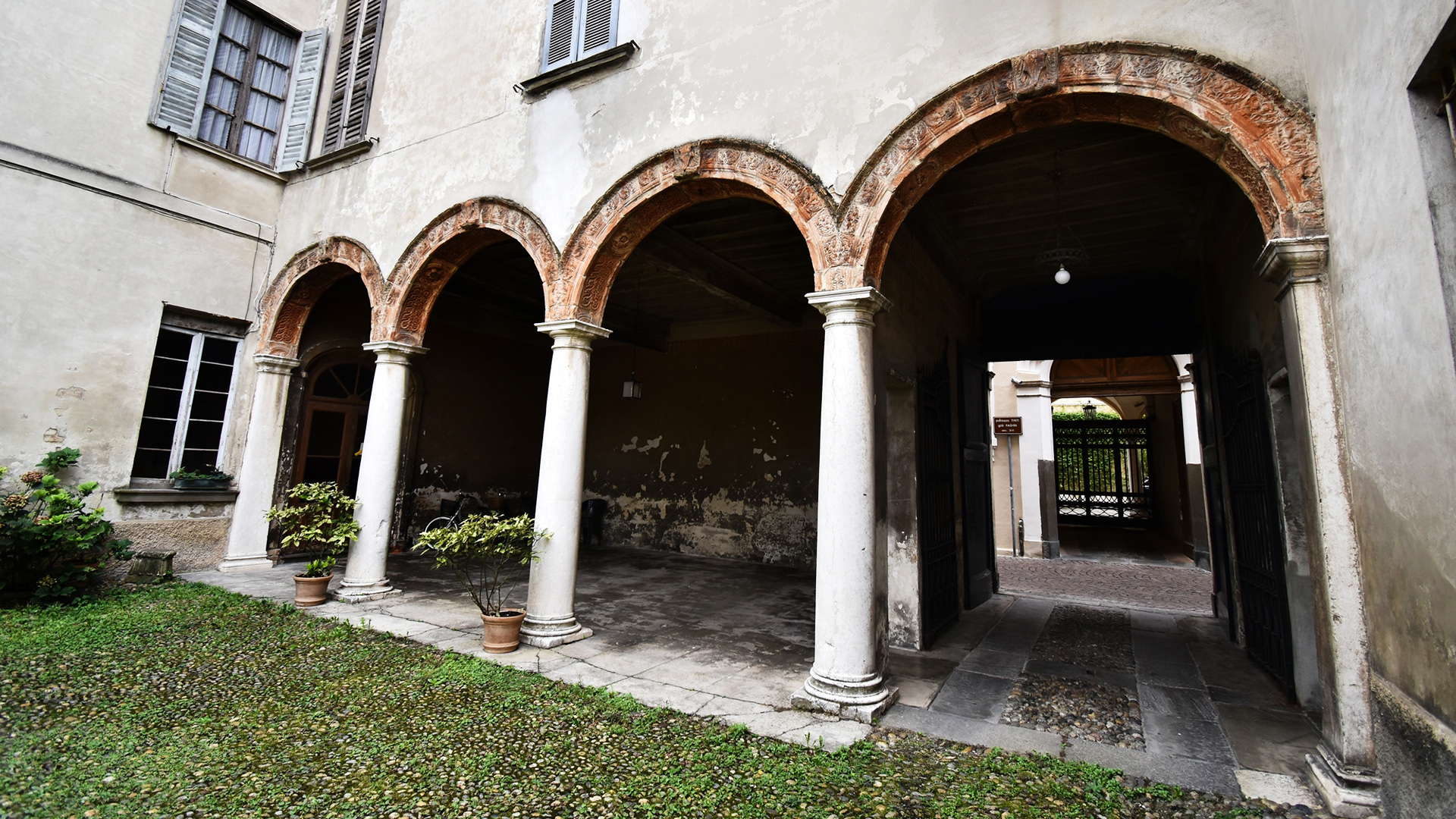
It is possible to reach Binengo Church in Sergnano by car in a few minutes. Here on the main altar you can see a statue which represents the work Madonna col Bambino (Madonna with Child) by the Master of the Madonna of the Mouse. This sculptor, of whom we know very little, has been attributed this bizarre name because of a sculpture kept in Milan in the courtyard of the Bagatti Valsecchi Museum.
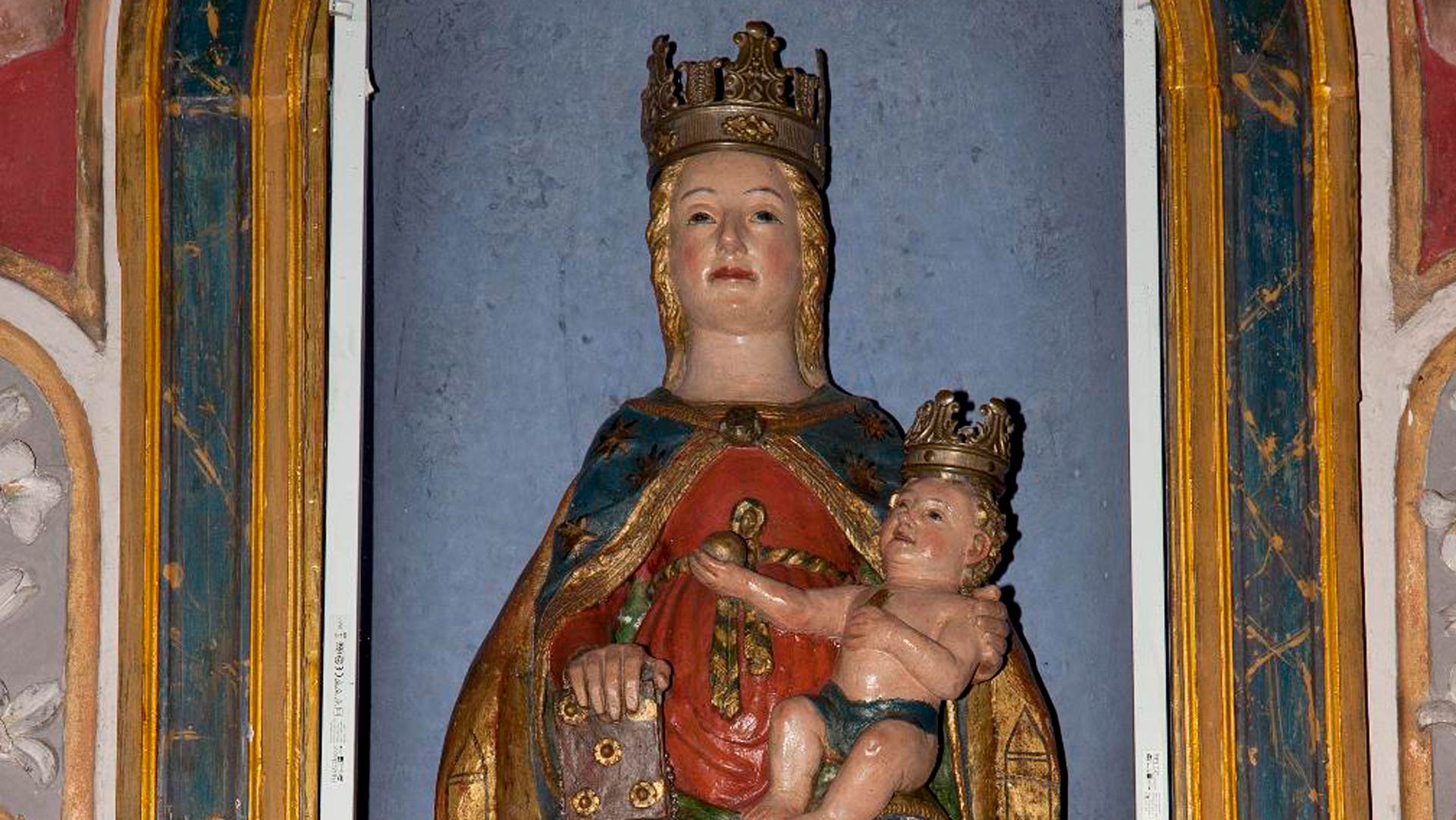
If we head to Mozzanica, in the province of Bergamo, in the Church of Santo Stefano we can see a whole polyptych, an ensemble of terracotta pieces, framed together and situated above the altar. This is the work of the same artisan and is one of the rarest remaining examples of this type.
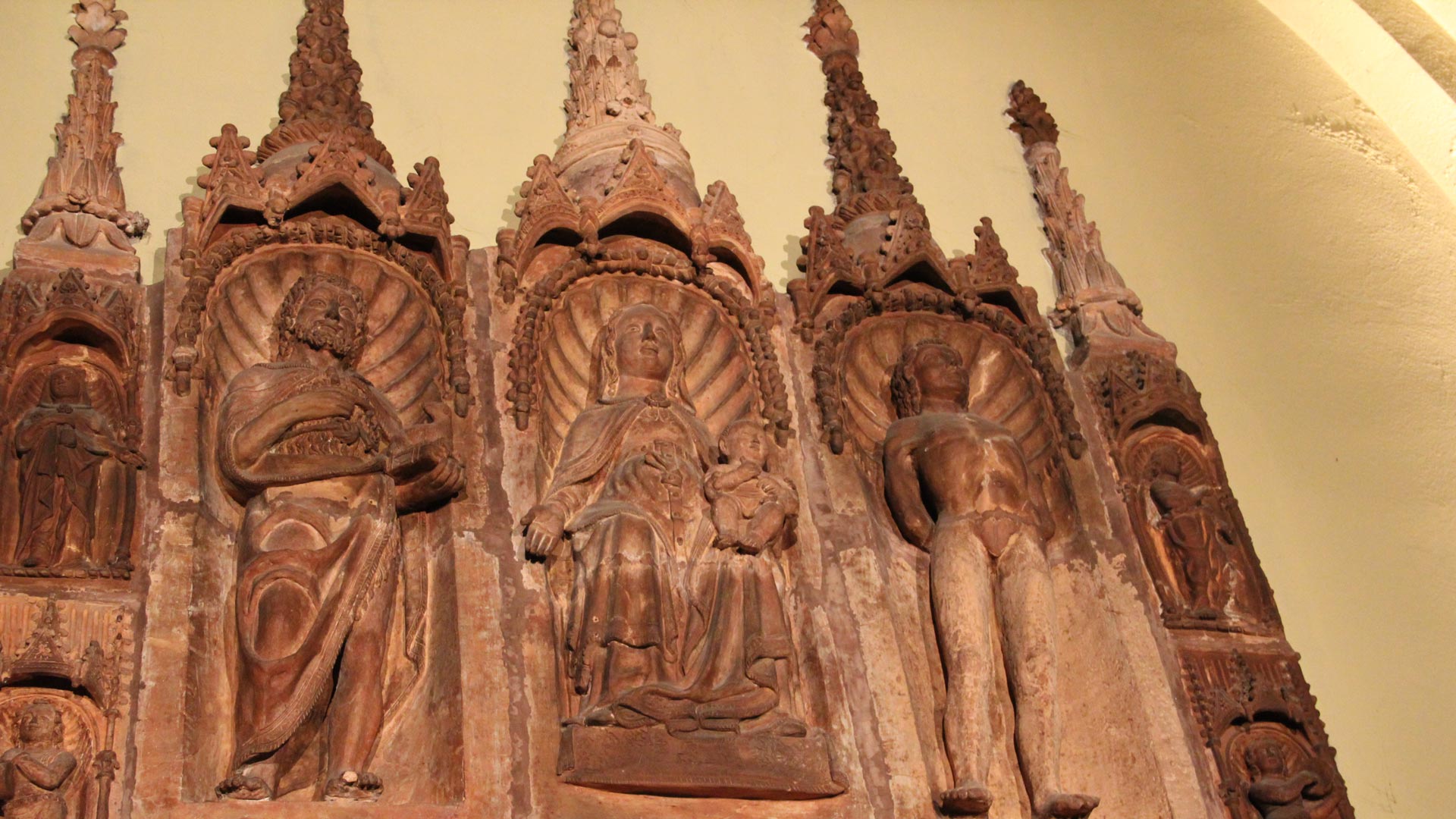
In the parish of San Pietro in Madignano, there is an alcove to the left of the altar which is home to a statue of St. Lucia that was made by the Master of the Singing Angels. fig. 7 If you go to Rubbiano, in an alcove on the facade of St. Mary Magdalene’s Church, you can see a Virgin with Child (Fig. 8). The statue can be traced back to the 1460s or 1470s. It wasn’t created by any of the known artists, but it is the link between the style of the Master of Singing Angels and that of the first Paduan works by Giovanni de Fondulis.
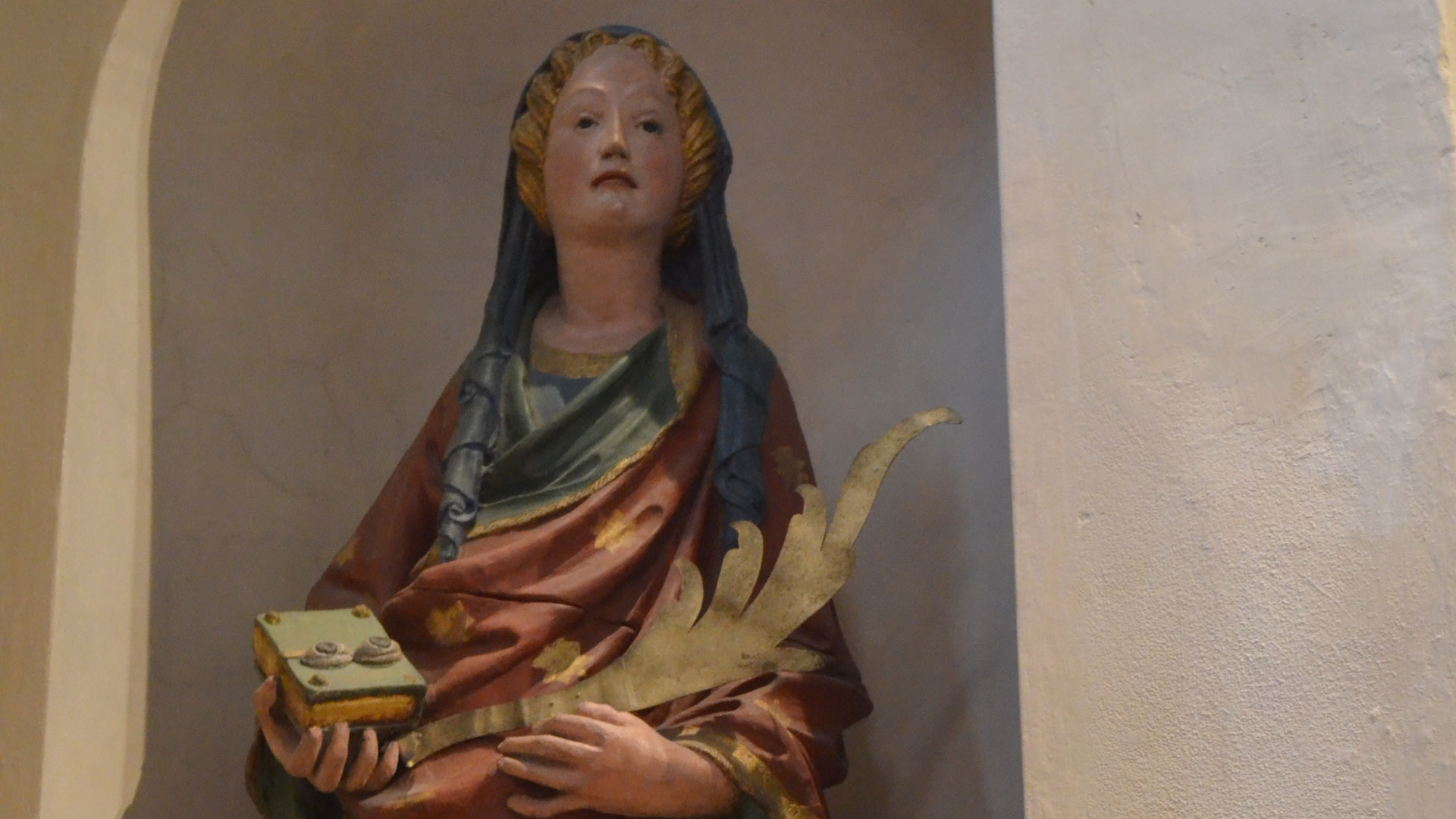
In Izano, in the Oratory of St. Rocco, there are three statues of the Virgin with Child, St. Rocco and St. Sebastiano (fig. 6), which were most probably created by the Giovanni and Agostino de Fondulis workshop (documented form 1448 and 1491), and that can probably be traced back to around 1485-90.
Giovanni was Agostino’s father and from 1468 to 1491 he mainly worked in Padova, where he became one of the most important sculptors of the cit
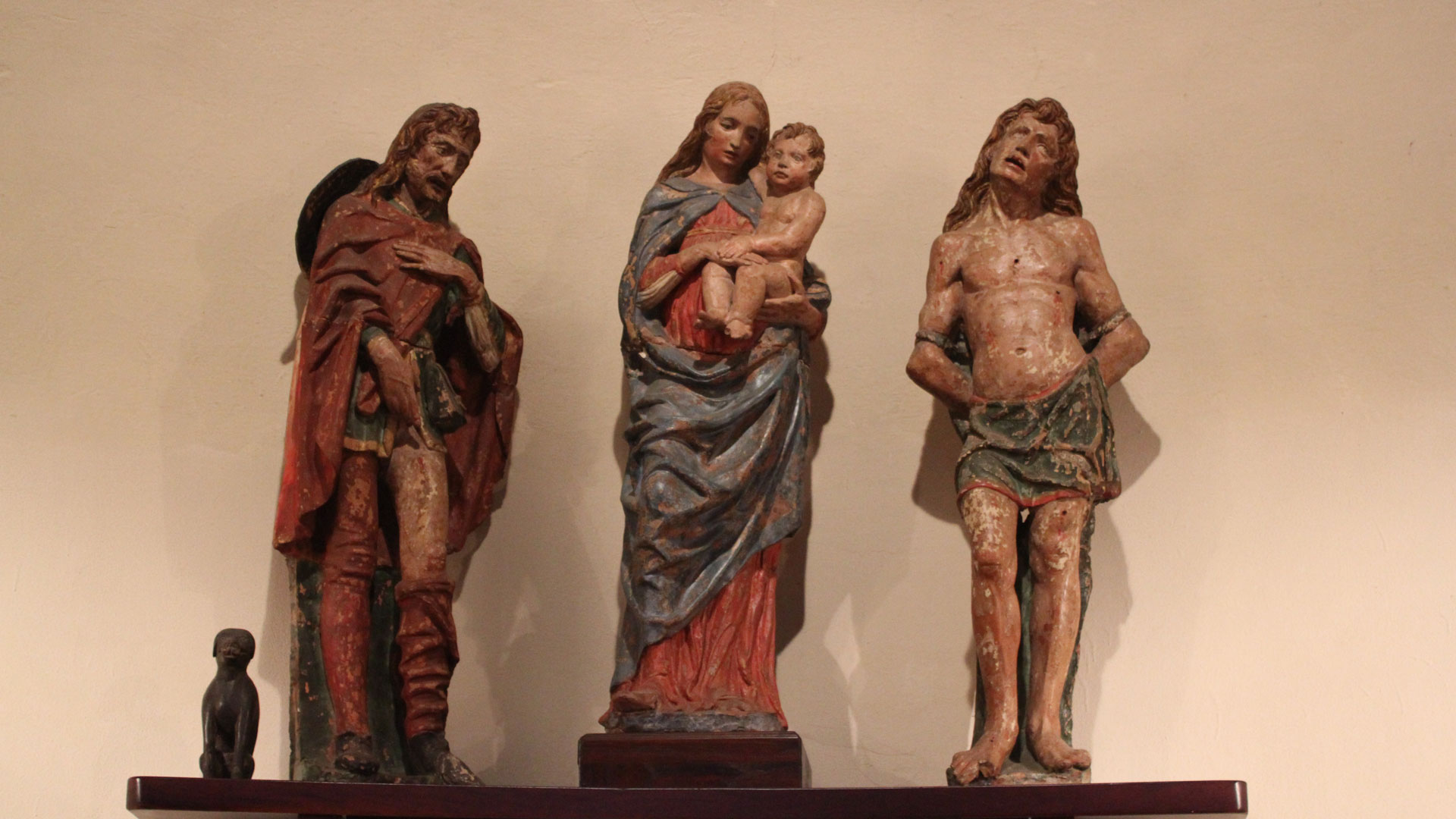
When we leave the territory of Crema and enter that of Lodi, we reach Abbadia Cerreto. Here, in St. Maria Church (link) in an alcove, on the left of the first span when you enter, you can see a statue of the Virgin with Child, made by the Master of the Singing Angels.
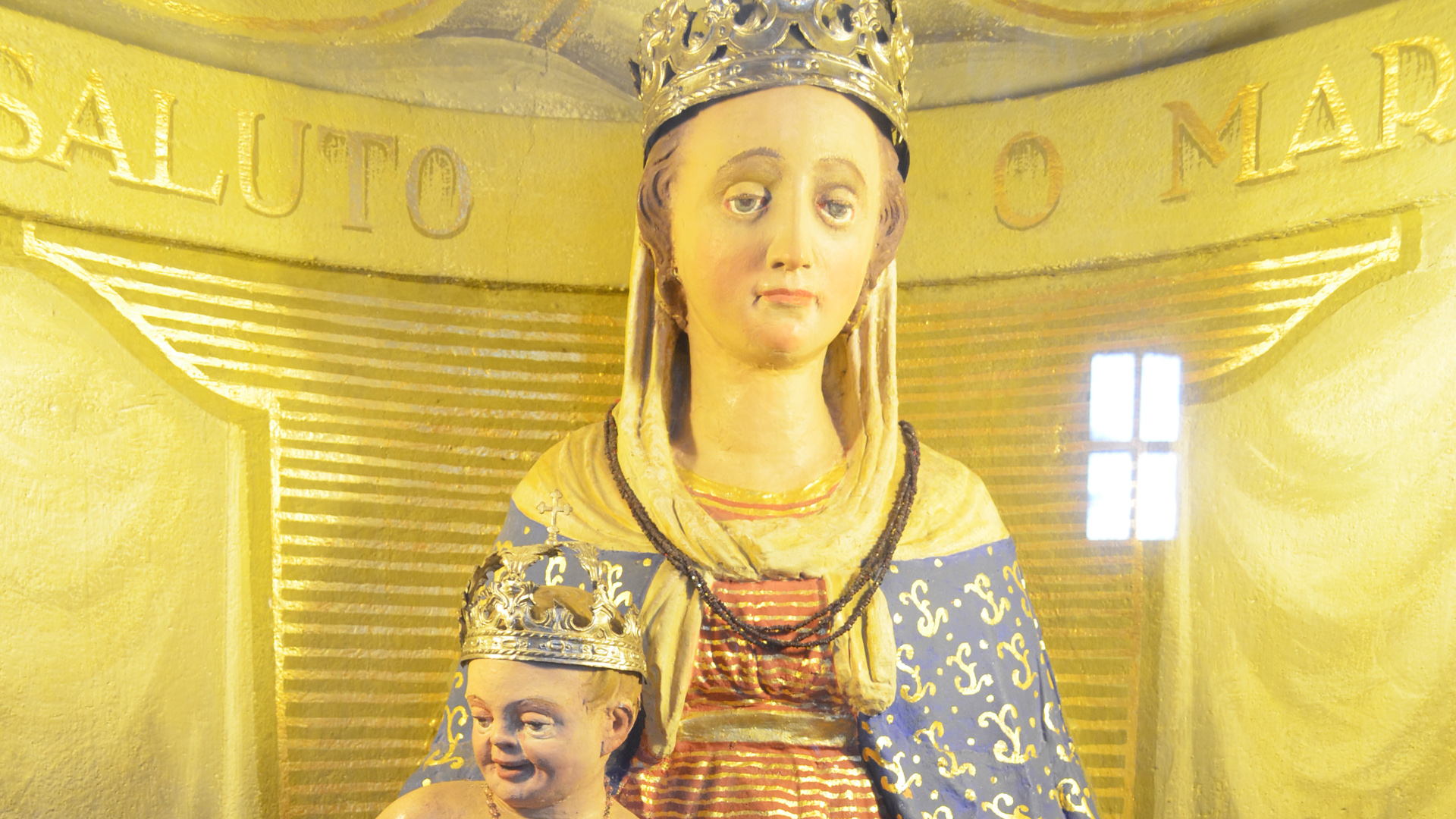
Lastly, if you get to Palazzo Pignano, in the ‘pieve’ or country church, there is a ‘Compianto’ depicting the scene of the Virgin Mary weeping over her son’s death. It is composed of 8 terracotta statues made by Agostino de Fondulis between 1510 and 1511 which were originally destined for the Church of St. Maria Maddalena and Spirito Santo in Crema. If you have enough time you can complete this Renaissance terracotta itinerary by visiting Castelleone and Soncino, two towns in the province of Cremona, not far from Crema. In Castelleone we begin the visit from the sanctuary of Santa Maria della Misericordia, built between 1513 and 1525 by Agostino de Fondulis. Outside there are terracotta friezes with the typical decorations by the same modeller.
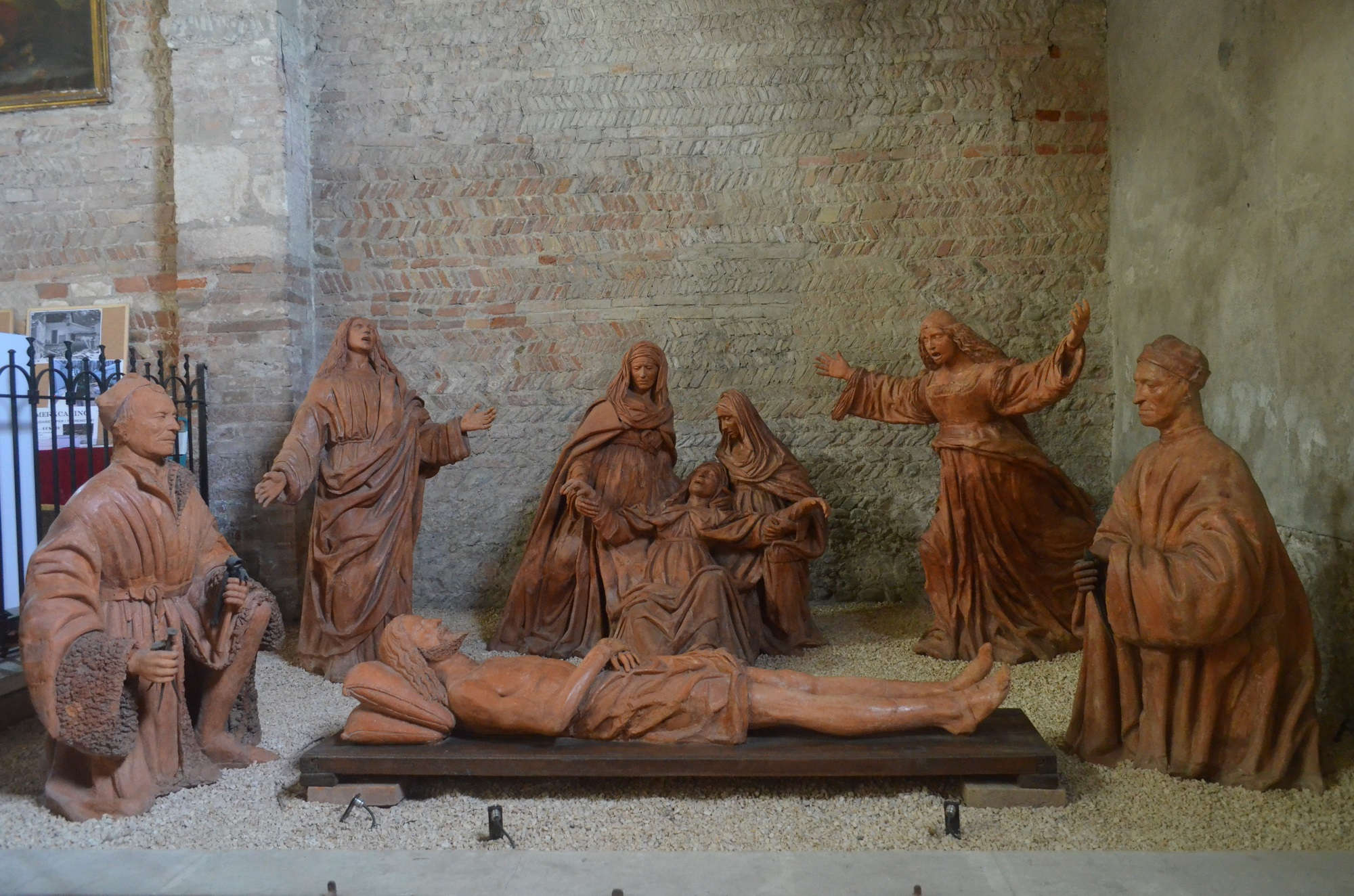
If you have enough time you can complete this Renaissance terracotta itinerary by visiting Castelleone and Soncino, two towns in the province of Cremona, not far from Crema. In Castelleone we begin the visit from the sanctuary of Santa Maria della Misericordia, built between 1513 and 1525 by Agostino de Fondulis. Outside there are terracotta friezes with the typical decorations by the same modeller.
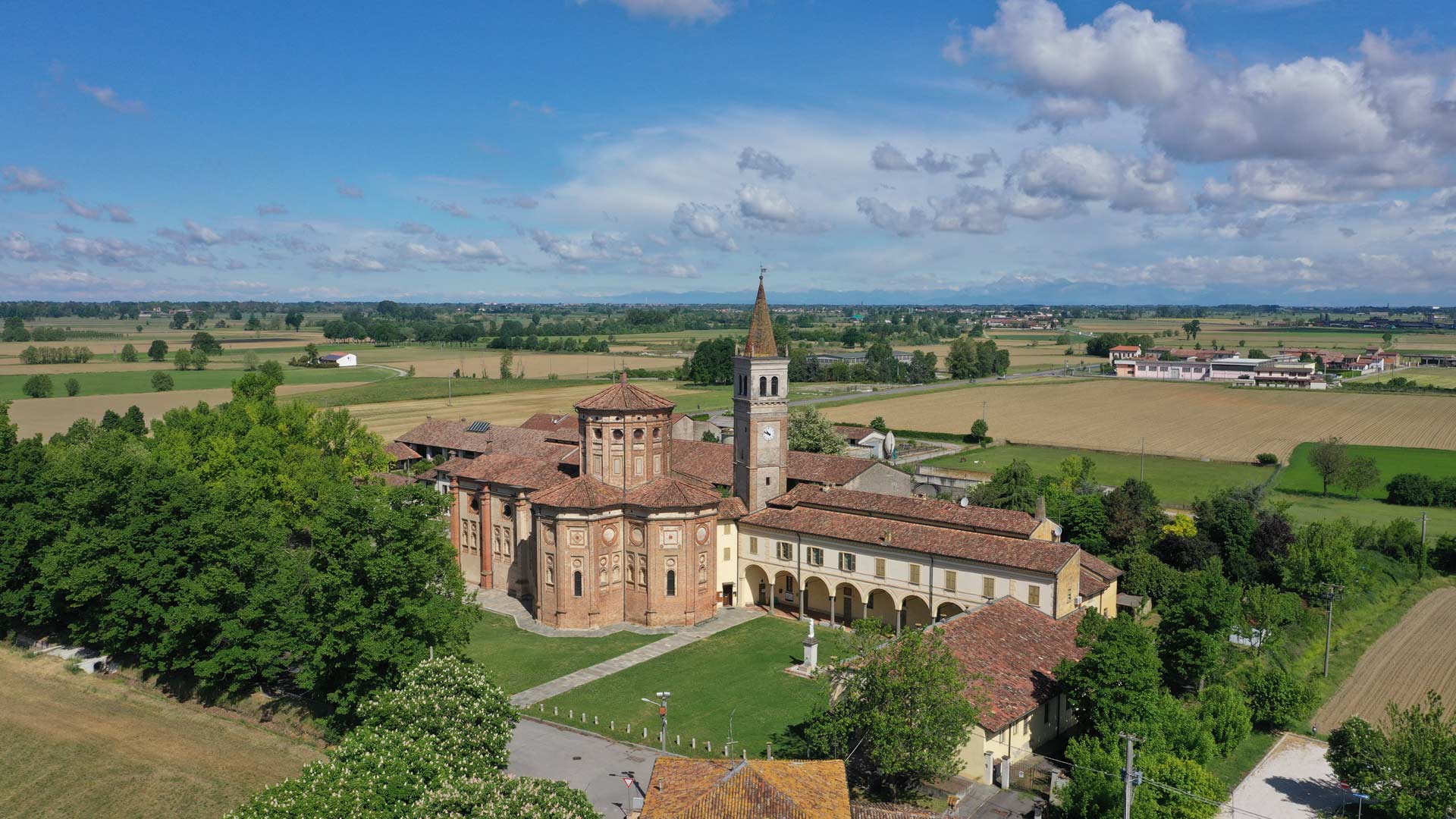
Moving towards the town centre, you can see the Parish Church of Santi Filippo and Giacomo built in 1517 by Agostino.
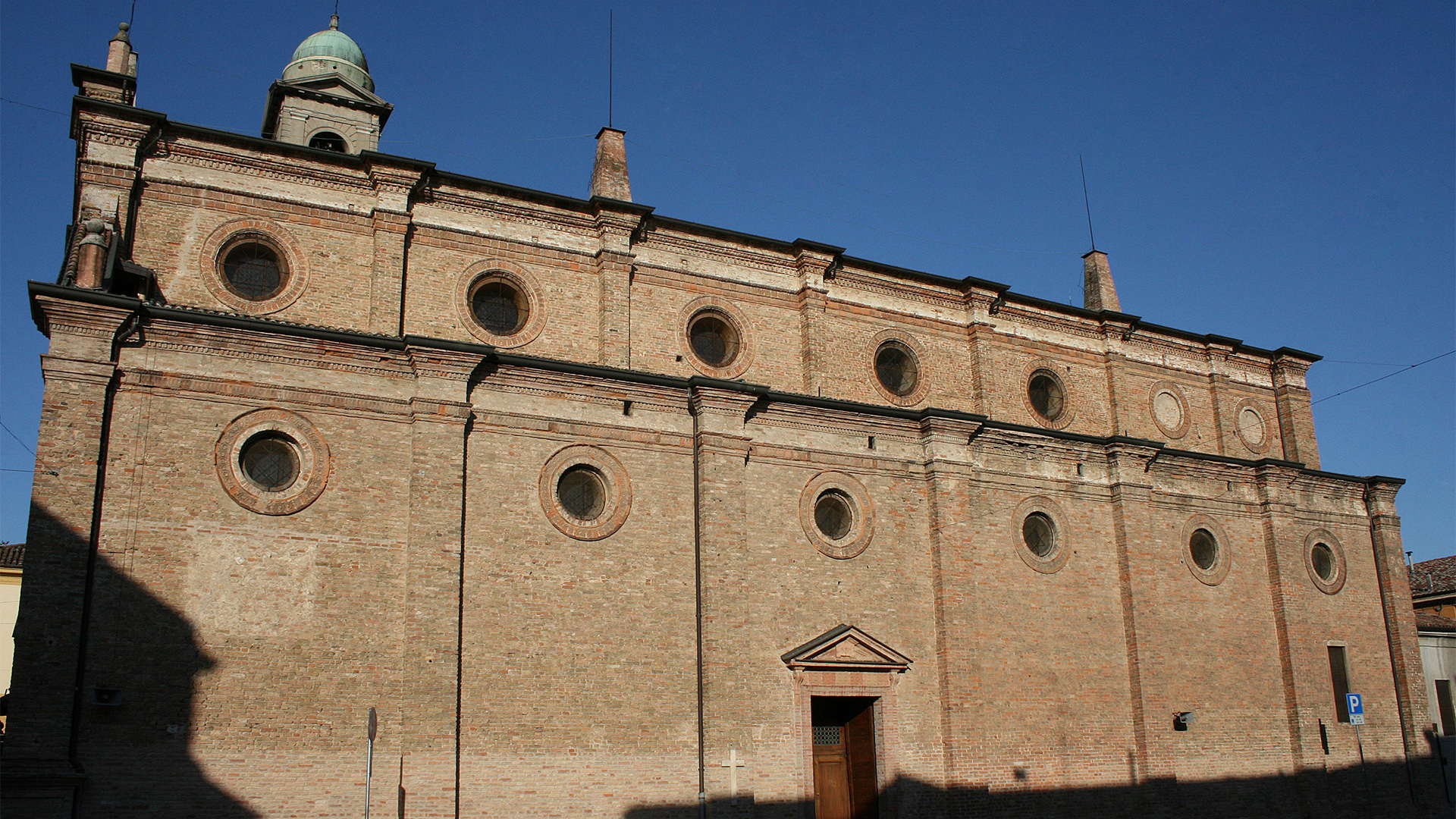
Before leaving Castelleone, an absolute must is a visit to Santa Maria di Bressanoro built between 1465 and 1469. The terracotta friezes that outline the exterior and interior of the church are the work of the Cremonese modeller Rinaldo de Stauris (documented from 1450 to 1494). Upon entering, you will also notice the statue of the Madonna and Child, created by the sculptor Sperando Savelli (Mantova, about 1431 – Venice, 1504).
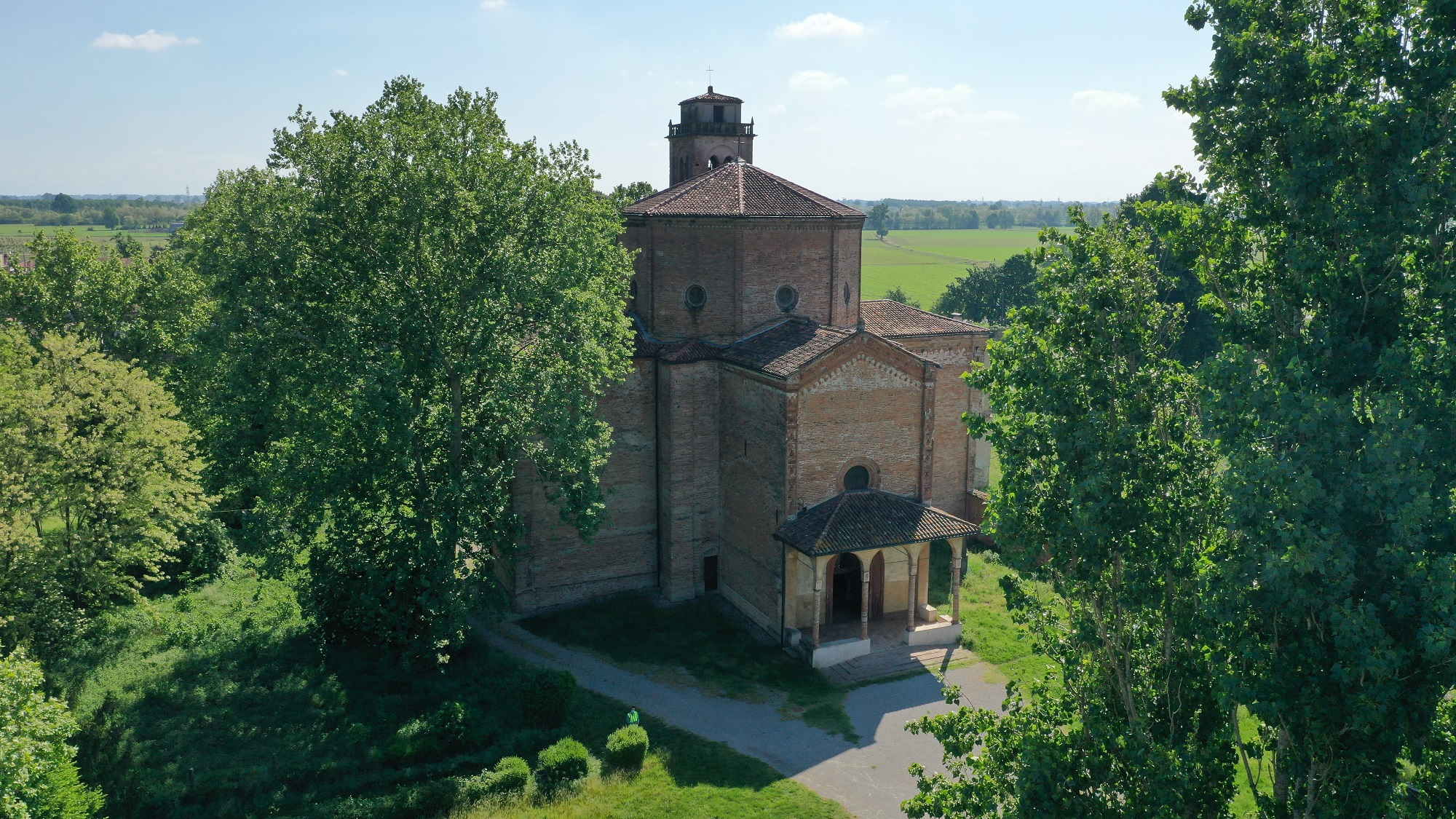
Upon entering, you will also notice the statue of the Madonna and Child, created by the sculptor Sperando Savelli (Mantova, about 1431 – Venice, 1504).
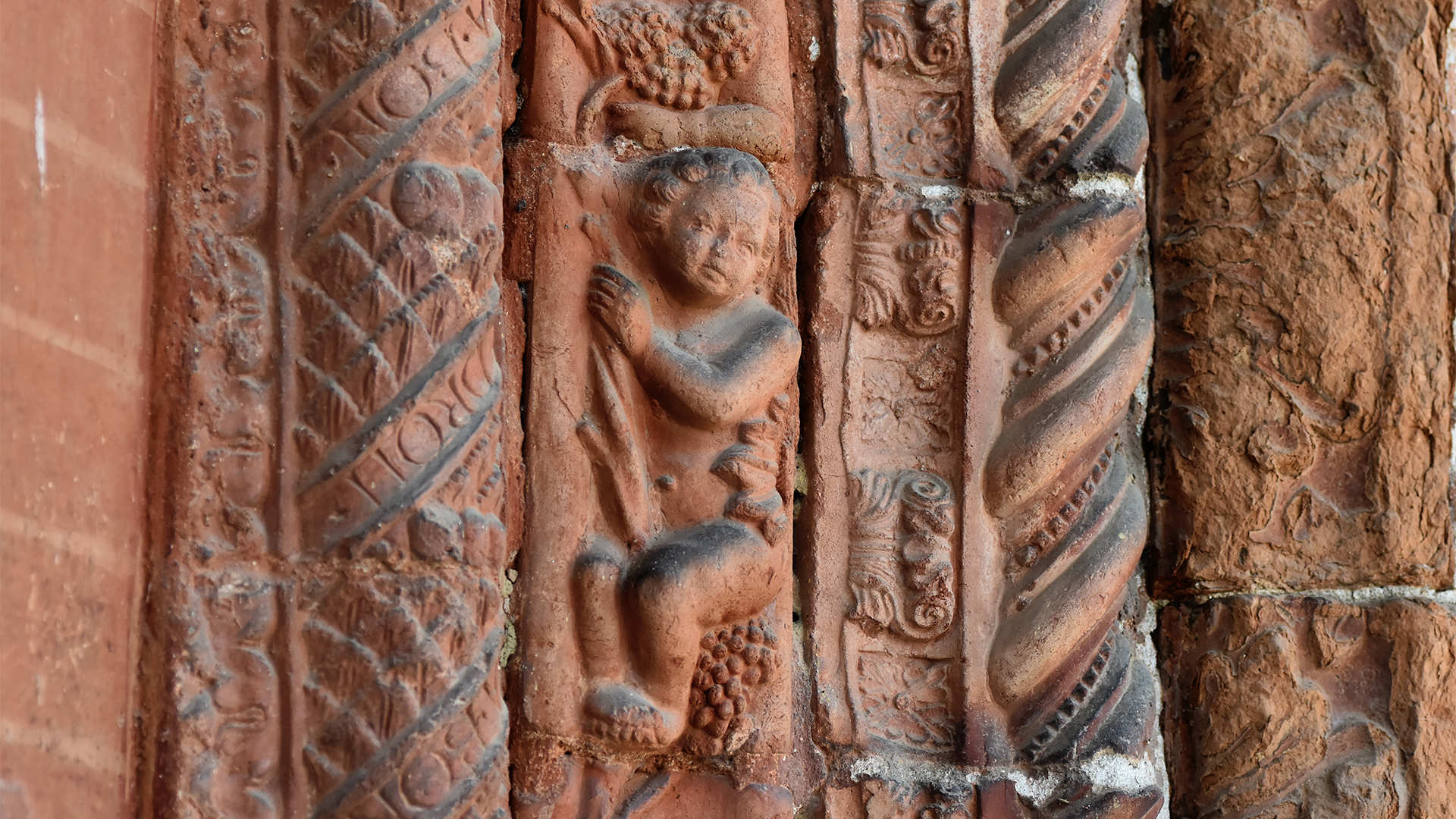
Last but definitely not least, we reach Soncino. In the Church of San Giacomo Maggiore, formerly belonging to the Dominican Order, there is a ‘Lamentation’ made up of eight terracotta statues. It is a work still debated among scholars, who are uncertain whether to attribute it to the Master of the Lamentation of Carmine of Brescia or to Giovanni de Fonduli, with dates ranging from around 1480 to 1490.
In Soncino we also find Palazzo Covi and Palazzo Azzanelli located respectively in Piazza San Martino and in Via IV Novembre, whose facades are embellished with terracotta friezes, cornices and windows by the Cremonese modeller Rinaldo de Stauris.

Informazioni
The itinerary starts from the Civic Museum of Crema and Cremasque
Piazzetta Winifred terni de Gregory, 5


